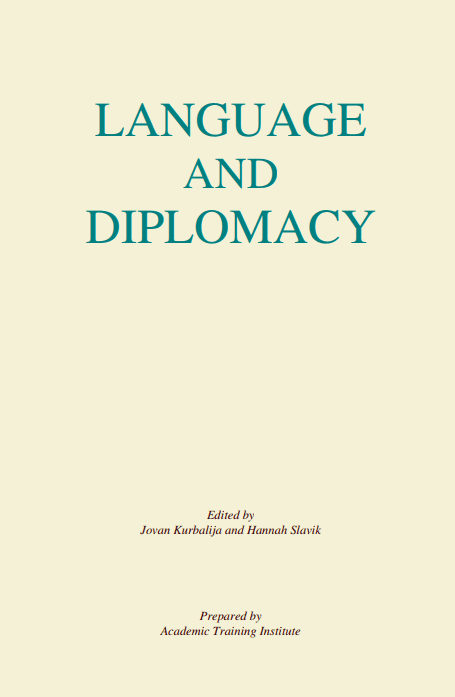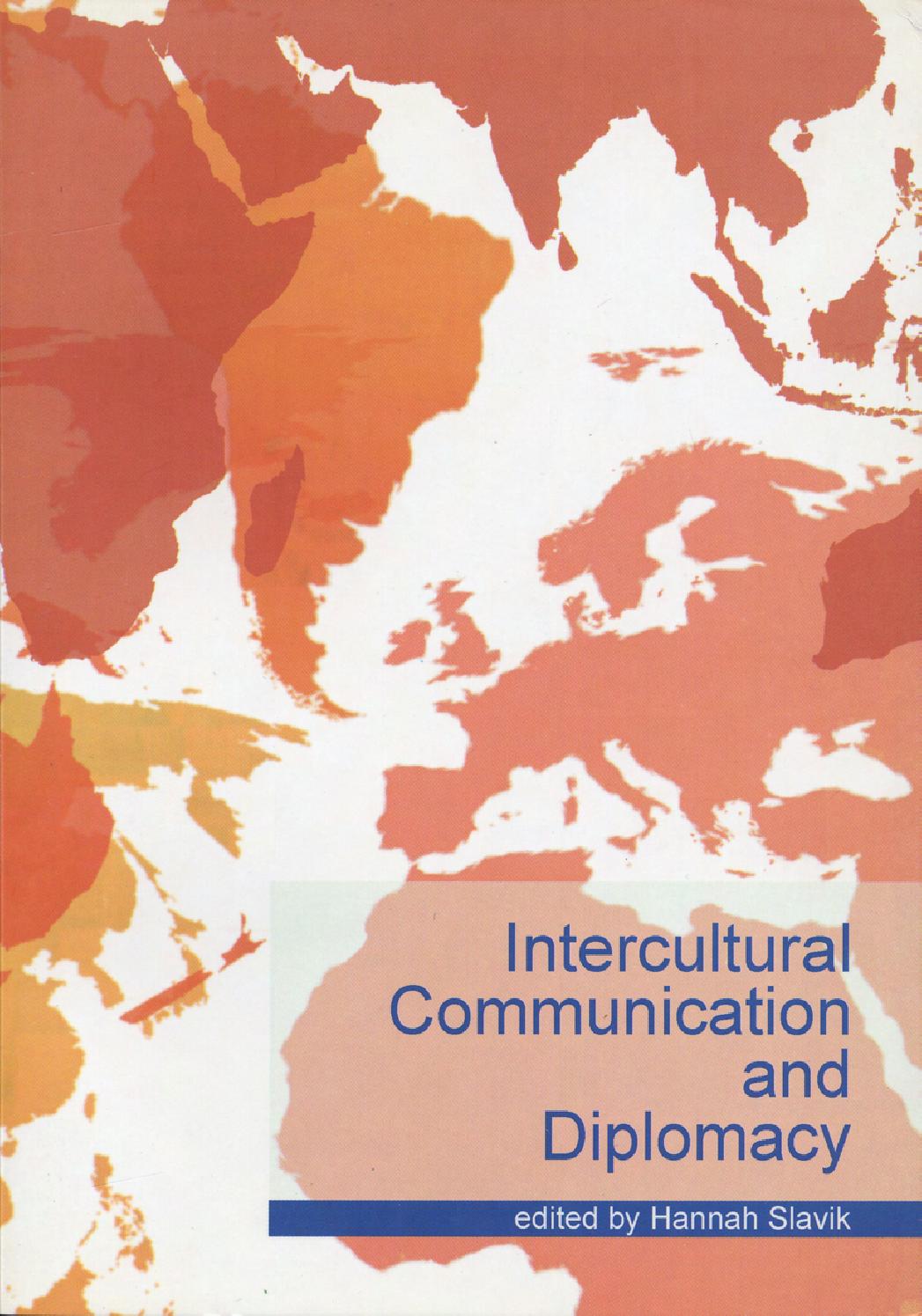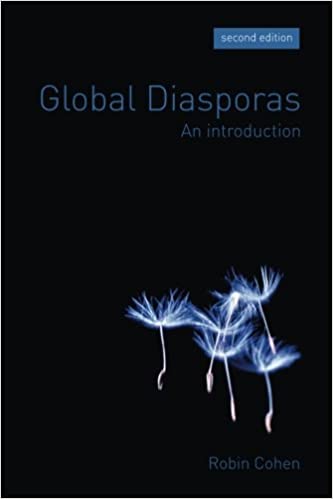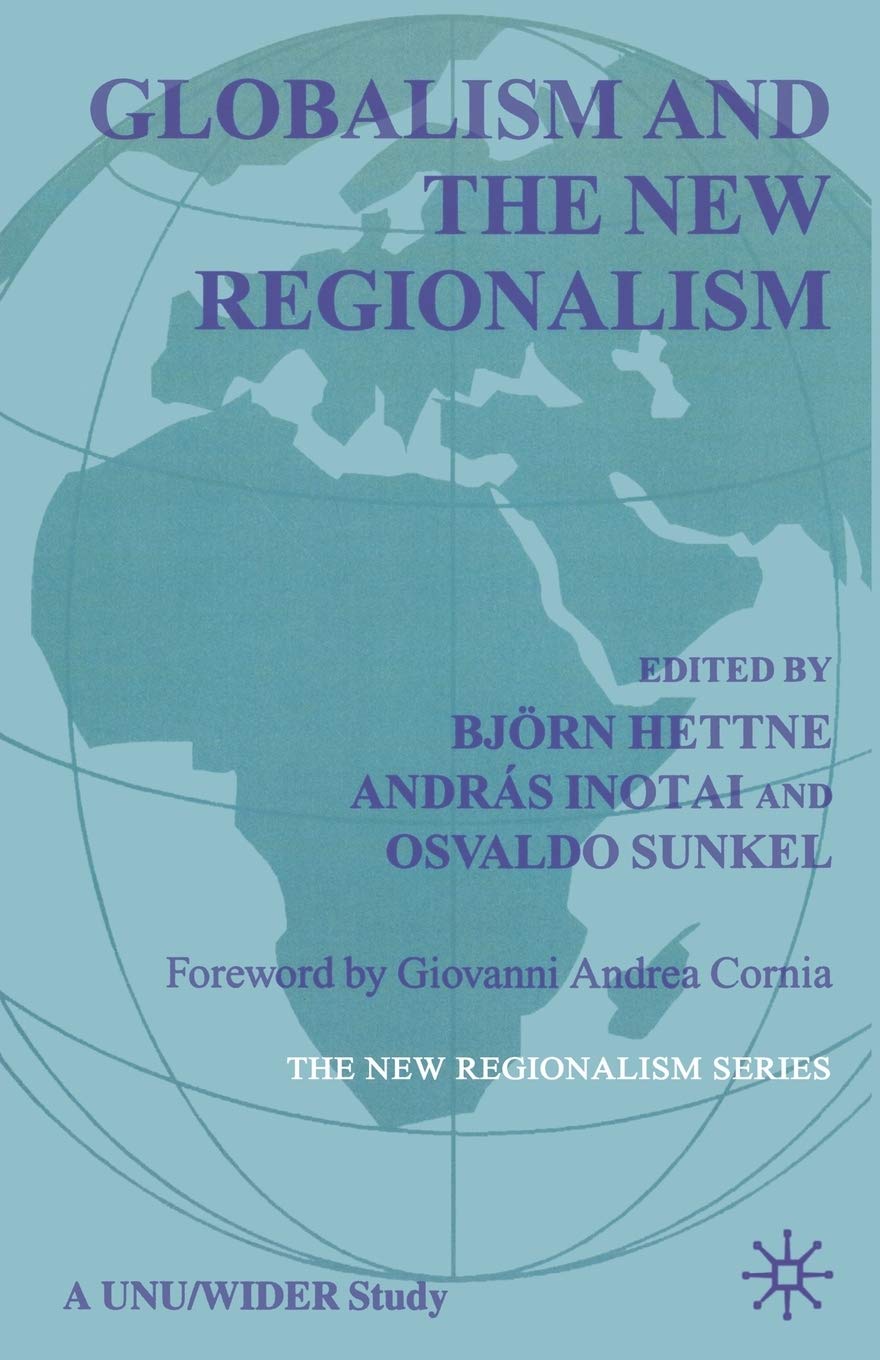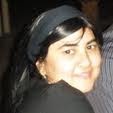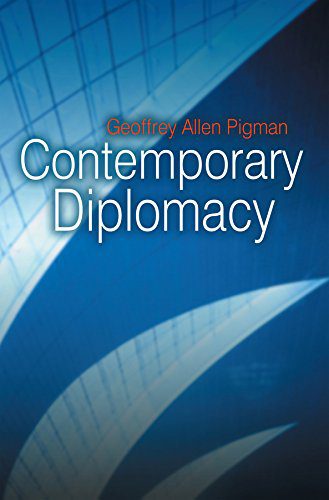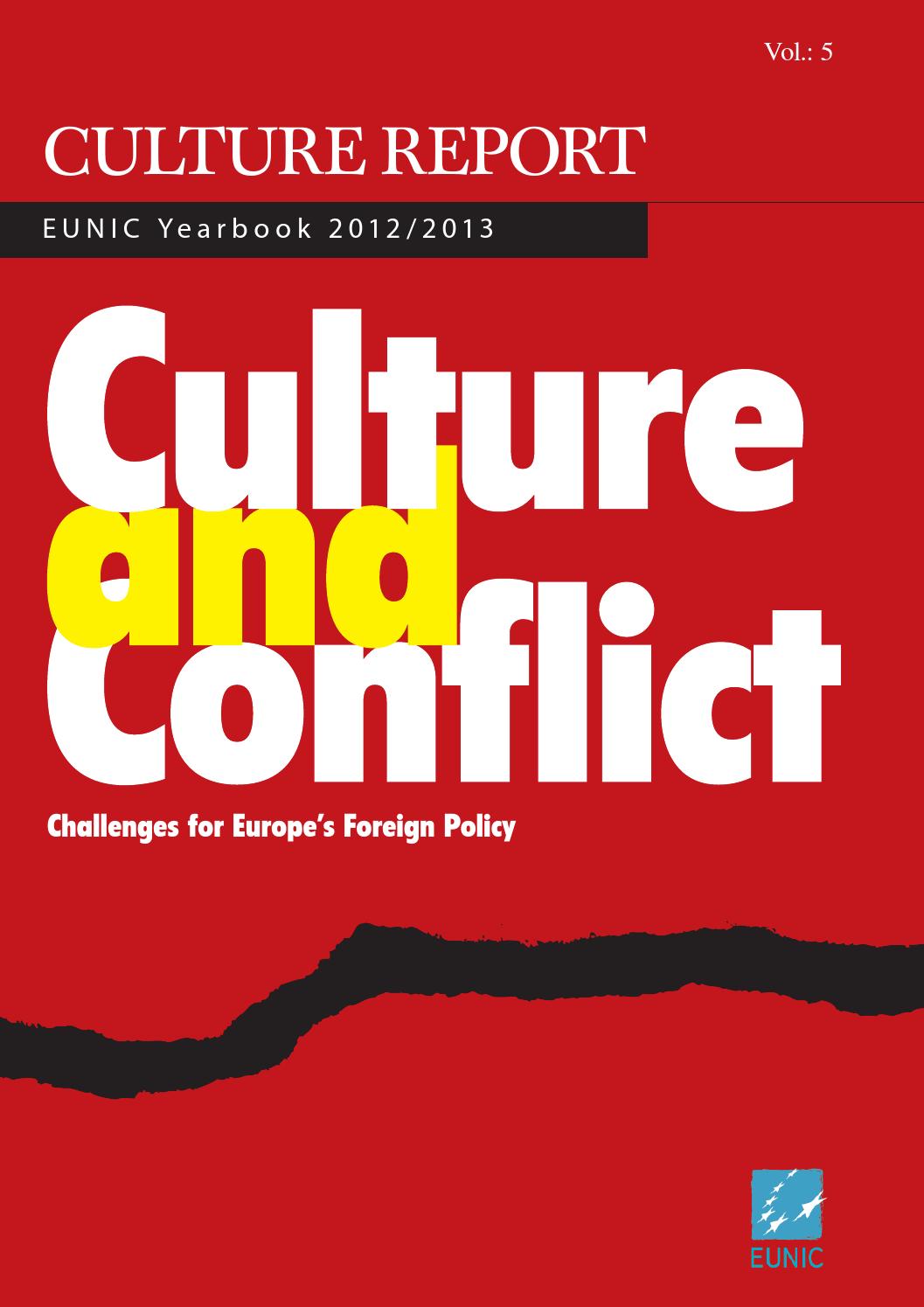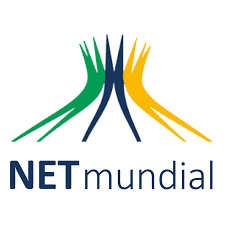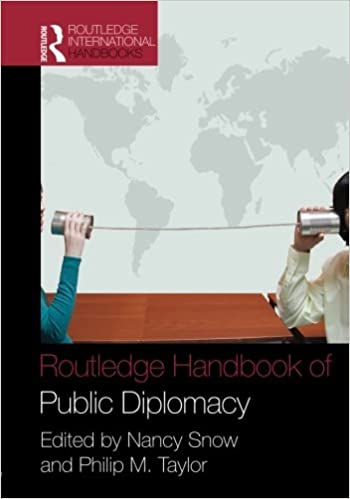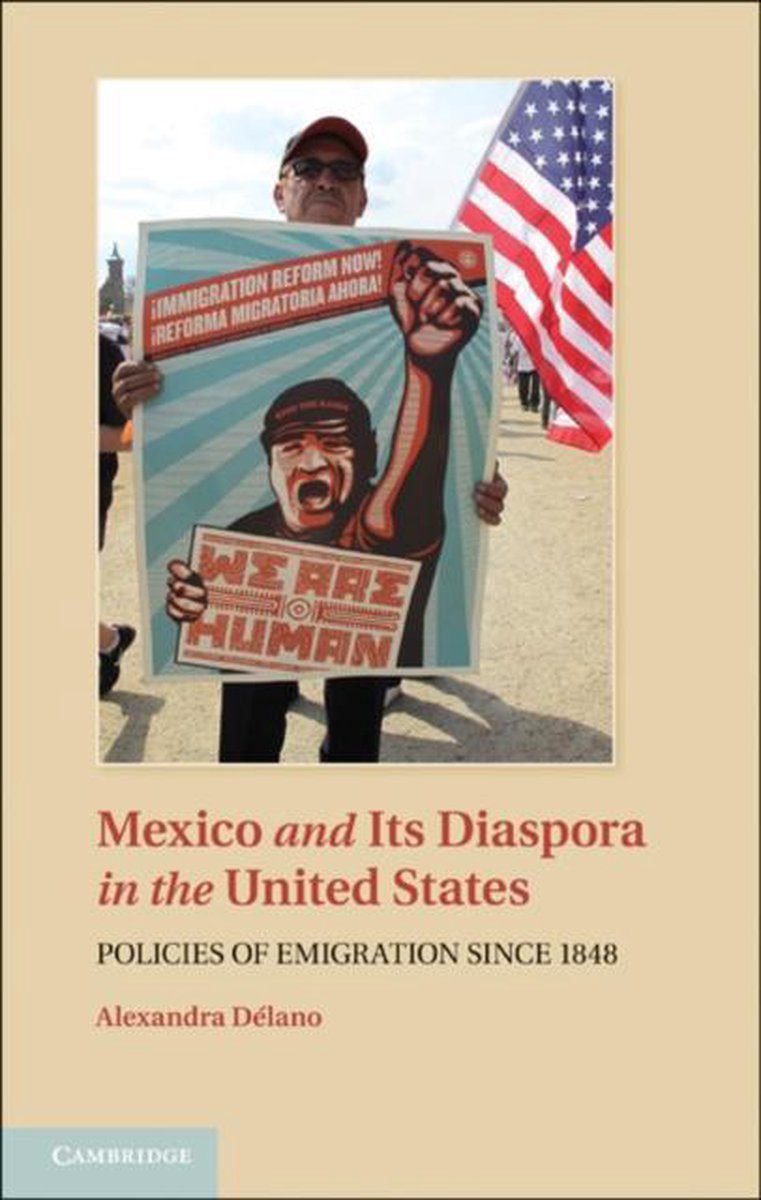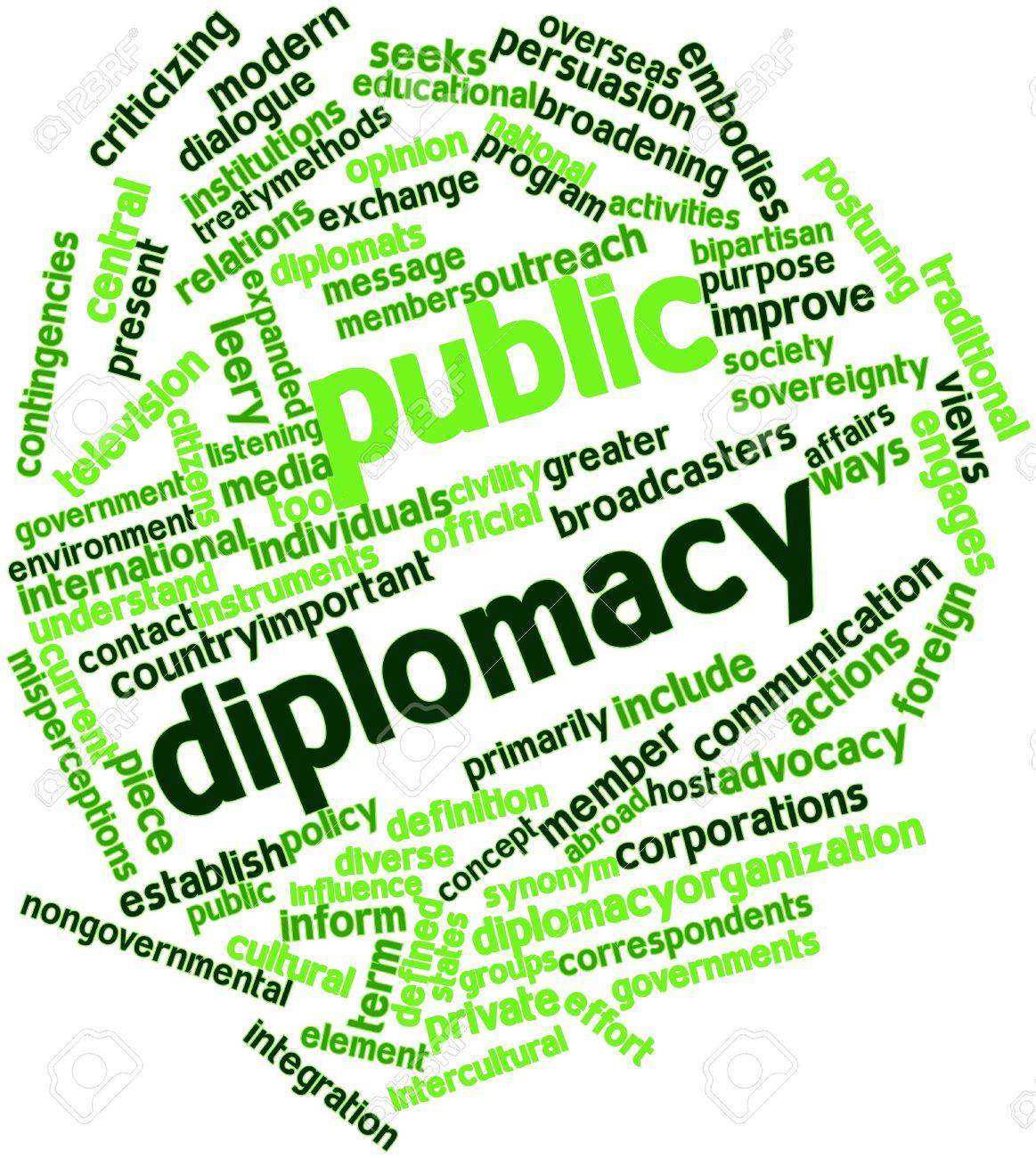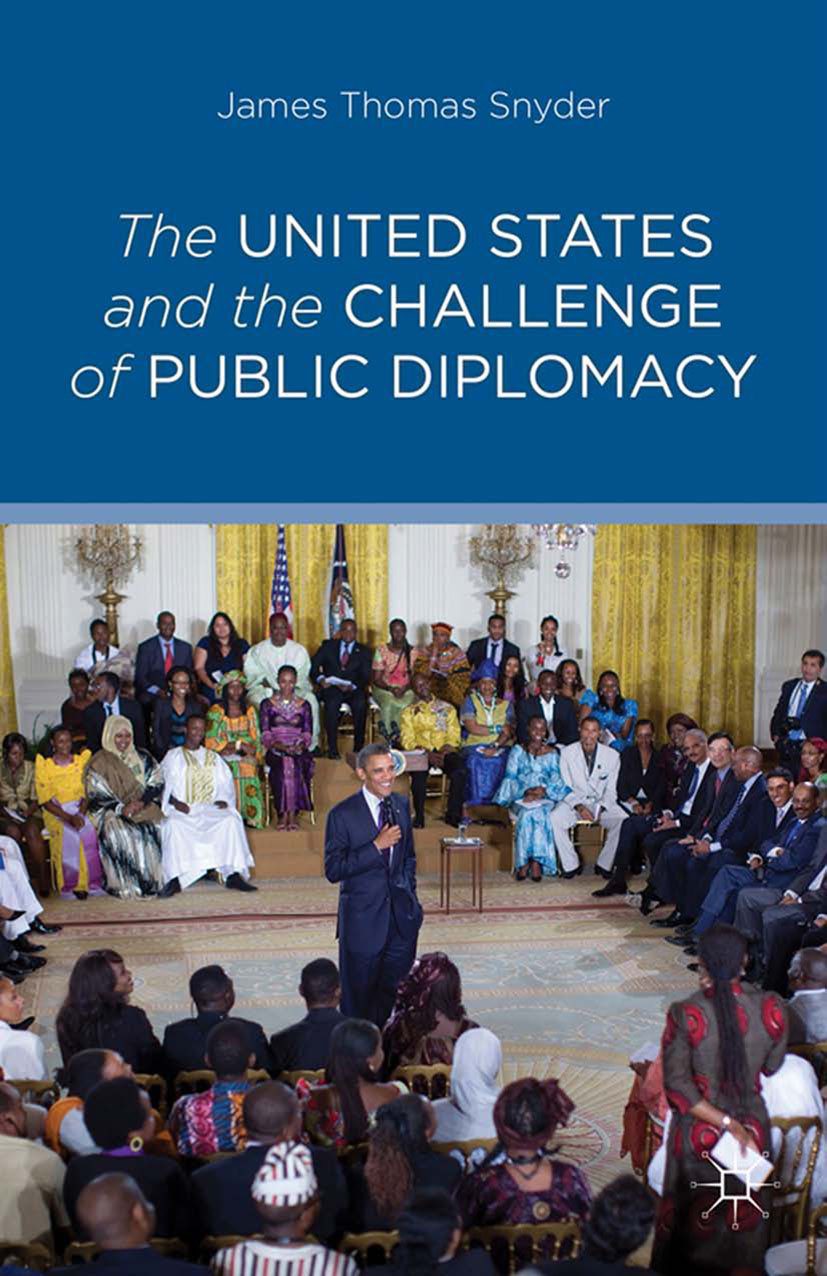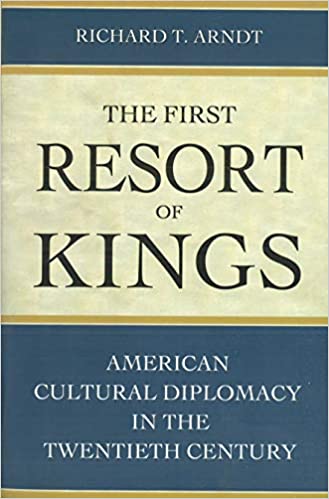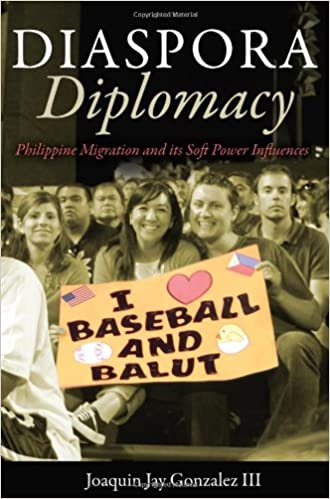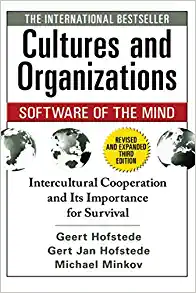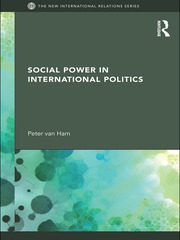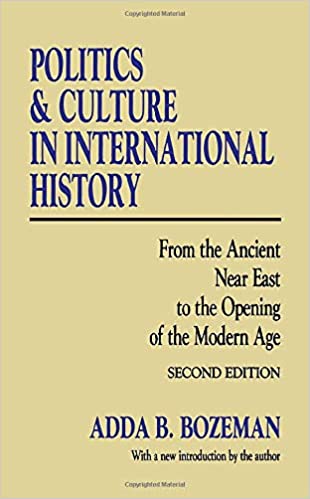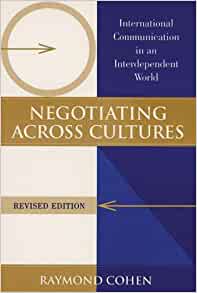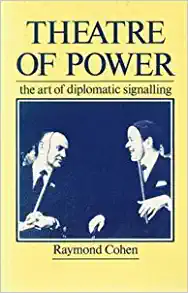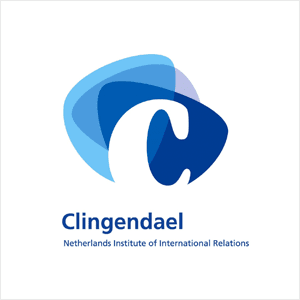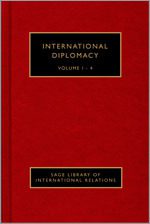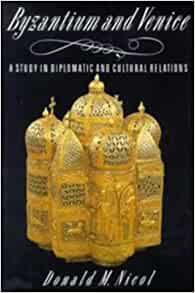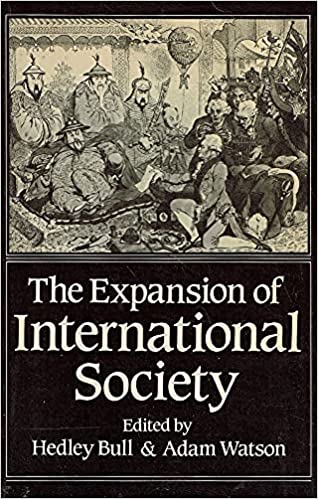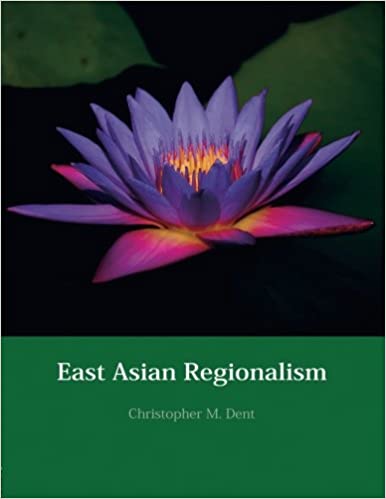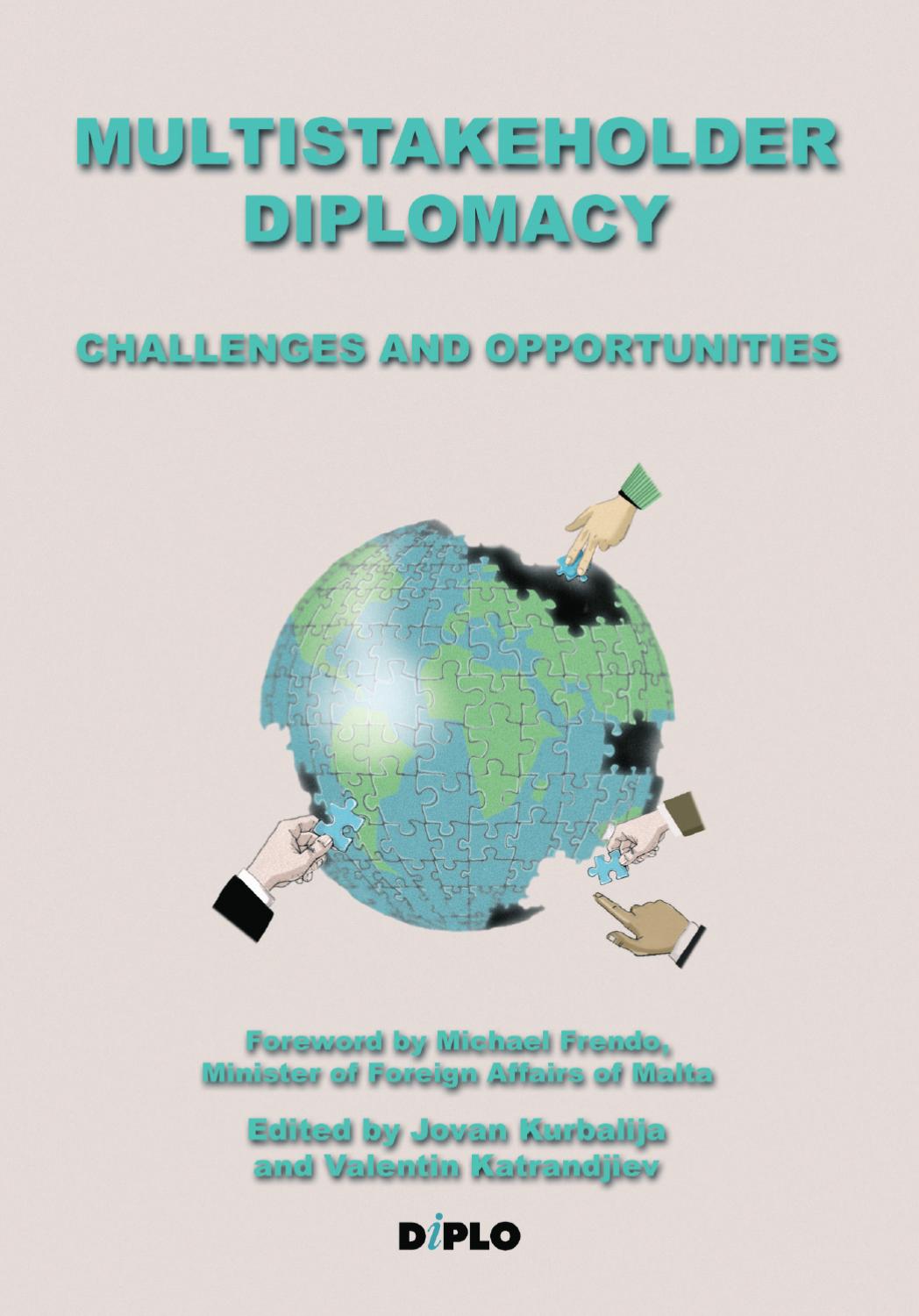Following the peace of Westphalia in Europe in the seventeenth century, it was around language, the vernacular, that the modern state system arose. Language, which was always an important component of the personality of men and nations, became yet more important: an essential, indeed very vital component in the identity of individuals, groups and nations. In Moslem culture and civilization the centrality of the Arabic language cannot be over-emphasised. The miracle of the Holy Quran is associated with the very essence, structure, nuances and rendition of the Arabic language itself. It is significant that the first word in it is a command to the faithful that says Iqra’, Read.
Why man, of all God’s creatures, was able to articulate a sophisticated language as a medium of communication, beyond mere sounds or gestures, is one of the most puzzling mysteries of creation. The language of diplomacy is yet a further refinement of language as a medium of communication. For words, however innocent or neutral they may look on paper or when standing alone, can be quite explosive, emotive, calming, agitating or even revolutionary. Words, which can mean different things to different people, or even change from place to place, or from time to time, carry not only sound but intention. They can please, cajole or wound. The preamble to the Communist Manisfesto of 1848 begins by saying: “…a spectre is haunting Europe – the spectre of Communism.” In the first chapter it declares that the history of all hitherto existing society is “the history of class struggles”.
The words and the verses of the Holy Qur’an conveying the message of God, like the words of the Lord Jesus in His Sermon on the Mount, powerfully stir the soul, the mind and the emotions of the faithful. Words carry ideas that, in the thinking of Plato, are more permanent than objects, for only words can accomplish that powerful mixture between myth and reality that sometimes moves men to noble sacrifice, even martyrdom or the abyss of meanness.
Not only by language but also by gestures, body language, smiles, frowns or grimaces is man distinguished from other creatures by his ways of communication. Some people sometimes speak with their face! Often, no answer is an answer, or perhaps a smile, a frown, a sneer or merely turning one’s back on the speaker is a powerful way to communicate. Even the tone of how a thing is said is declamatory. Yet with all this sophistication in communication, language is often a cause for misunderstanding and conflict. The selection of words or phrases, their structure, indeed how these are rendered, is sometimes a communication within a communication. The range of how things are said is wide in almost every language and is much wider in some like Arabic which leaves much room for choice. This eclecticism in many respects contains the essence of communication. Ambiguity, sometimes by choice, sometimes constructive, and yet sometimes deliberately obfuscating and confusing is a characteristic of human beings.
Gestures among other creatures are straightforward, leaving little room for misunderstanding though none may have been intended. Sometimes what is not said or communicated is just as devastating or eloquent. Just ponder the Western conspiracy of silence regarding what Israel is doing in its disregard of international law and United Nations resolutions in dealing with its conflict with the Palestinians. Diplomatically speaking, such silence is infinitely more eloquent than words. According to an Arabic saying, “If words are sometimes silver, silence is made of gold.”
Diplomatic language is the child of the language of communication. Its formalisation into special patterns, with a chosen cadence and sometimes repetitive pattern is, and has been designed to oil the joints of relationships between people and nations.
Couching it in a formalised pattern is designed convey several messages at once. Among these messages is to soften their negative impact when such is intended; leaving a face saving room for the opposing party to respond in kind, while protecting the deliverer, the messenger, the ambassador from the responsibility of their impact. Ideally they are intended to protect the messenger from being killed. This mixture between form and content wrapped in certain ceremony is designed to add weight to the message while protecting the messenger.
This ceremonial language between different parties has its roots in traditions within nations and states. The patterns of the Arab culture for example can be found not only in dress, music, dance, party, but more importantly in speech patterns too. Such patterns are not only in the exchange of greetings at various occasions of the day or life, but in the popular extensive reliance on the quotation of proverbs which while conveying a particular message exonerate the speaker from any responsibility for whatever judgment or impact these may make. The ordinary speech of every day life is peppered and often salted with traditional forms and patterns that govern behaviour while at the same time laying out the parameters of exchange. At times it appears that saying the right thing at the right time is just as important as telling the truth whatever that may be. Again the Arab emphasis is not only to convey the message but more importantly to keep the dialogue alive. Such an approach adheres to the dictum laid down by the Omayyad Caliph Mu’awiyyah Ibn Sufian, who said, “I will never allow the hair between me and my adversary to be severed: for, should he pull I will relent and should he relent, I will pull.” Such an approach to diplomacy leaves much room for possibilities.
The idea of a language of diplomacy however is that it should not be culture-bound but an attempt at transcending such boundaries to create a quasi neutral vehicle of exchange; a vehicle of exchange that conveys the message while appearing least ego damaging. This is as important today as it was in earlier times when the exchange of letters took weeks and sometimes months to be delivered. The changing nature of diplomacy in the modern age as a consequence of means of mass communication and transportation has not lessened the need for language to be “diplomatic”, polite. Diplomatic language has to be diplomatically “correct”. Somehow it becomes more acceptable.
Today’s head of state need not deliver his message via foreign minister or ambassador “extraordinary and plenipotentiary” which may take much time. He can telephone, fax or e-mail his message. The frequency of the meetings of heads of states in a binational fashion, in Summit, or at international fora are changing the content, the form and the language of diplomacy in ways whose end results are yet unseen and unfathomed. Whether it will be necessary, in the future, to have ambassadors or even foreign ministers is a question worth thinking about. Today in most countries of the world, it is the head of state who lays down the parameters of foreign policy in both content and form.
*
The most ancient example of diplomatic language can be found in the treaty of peace and friendship concluded around 2400 BC found in the Royal Library of Ebla, and now in the Archaeological Museum of Damascus. The treaty was between the two kingdoms of Ebla and Hamazi. In its opening statement, engraved in clay it says “Irkab-Damu, King of Ebla, (is the) brother of Zizi, King of Hamazi; Zizi King of Hamazi, (is the) brother of Irkab-Damu, King of Ebla.”1 The form may be different though the message has not changed since the passage of all that time.
The language of diplomacy, as one form of what Arabs call adab al-hiwar, the proper etiquette of dialogue, has not been successful in resolving problems nor indeed in oiling the points of contact of human intercourse. This is obvious not only when considering the violent human history over the past few millennia, but in the fact that even today erudite intellectuals continue to speak in terms of clash rather than a dialogue of civilizations. Thus far the art of noble dialogue remains that for poets, litterateurs and intellectuals.
Neither religious belief, nor holy texts, nor indeed the belief in the rationality of man, seem to change man’s behaviour no matter how powerful the message. That is perhaps due to the strange primeval strain in human nature that causes people to take more seriously the language of hatred and conflict than that of civility and ideals. In fact, those who emphasise harmonious relations or adherence to humanitarian principles in the political sphere are dismissed as “idealists” and are taken less seriously than the so-called “realists”. Machiavelli preached that “A prince should therefore have no other aim or thought, nor take up any other thing for his study, but war and its organisation and discipline, for that is the only art that is necessary to one who commands.”2 This powerful negation of ideals as well as man’s reason to bring about a better world can also be attributed to the power of language.
Our entire age is of uncertainty and violence. The belief in rationality and man’s capacity to govern his life, always tenuous and weak, was further weakened in this and the last few centuries by the works of Darwin, Freud, Marx and Einstein. Each in his field further shrunk the parameters of reason, they shook to the core the certainty propagated by the Age of Enlightenment emphasising the role of reason. Their conclusion was that man, after all, was governed by forces beyond his control. Violence and war can thus be rationalised as if they were outside the pale of the will of man. What makes the matter the more pertinent is the fact that entire cultures throughout the world are undergoing a process of transition, with one foot firmly planted in the past, and the other tentatively and fearfully exploring the future. This dialectic between tradition and modernity is more acute and at times more violent in certain civilisations than others. Yet in all, physical and verbal violence is a fact of living. Also of relevance to this global upheaval is the paucity of vision of leadership. Few are those in our age that are able to step outside their prejudices and intellectual climate, or that have the courage to accept differences in humane terms. That is why the formalised language of diplomacy is more needed now than ever before. Where power remains the coin of international relations and where in the words of the British political philosopher Thomas Hobbes (1558-1629) that for most of humanity, life remains in setting closer to that of a jungle in a state of nature and where everyman is against everyman, there must be more emphasis on the resort to the language of diplomacy. And now with a single giant, super power that makes all other nations seem diminutive by comparison, that need is greater. In fact it would appear that for the medium size or small powers, the need to rely on diplomacy is much greater than that of the great powers. This appears to be the most important tool to protect the interests of the smaller nations.
The Oxford Learner’s Dictionary defines diplomacy as “…the management of relations between countries…art of or skill in dealing with people; tact…”3 Indeed it is the art of convincing others to perceive things your way, or at least to have second thoughts about theirs. It is the combination of logic and science on the one hand with the gift of proper language packaging and presentation necessary to convince others.
The power of language rests on the fact that it contains ideas: and ideas are, according to Plato, more enduring, indeed more permanent than matter. Ideas can be suppressed, or go underground but unlike a statue or any other material things they cannot be shattered. They can only be met and dealt with by other ideas. Historically it is the magic of words that bewitched, enthralled and sometimes intoxicated people and led them to great or mean deeds. The language of diplomacy, often like poetry, has the ability to move people from mood to mood. Whether demagogy or whether giving expression to noble ideologies, theories, or even religious creeds, ordinary language or that of diplomacy has a momentum and an inner driving force that is ageless.
ENDNOTES
1. Carlo Schaerf, Opening Remarks, First Isodarco Seminar in the Middle East, Amman, March 15-20, 1997.
2. Contemporary Civilization Staff of Columbia College, Introduction to Contemporary Civilization in the West, (New York: Columbia University Press, 1947), 273.
3. Oxford Learner’s Dictionary, 4th ed. (Oxford: Oxford University Press, 1994), 338.
